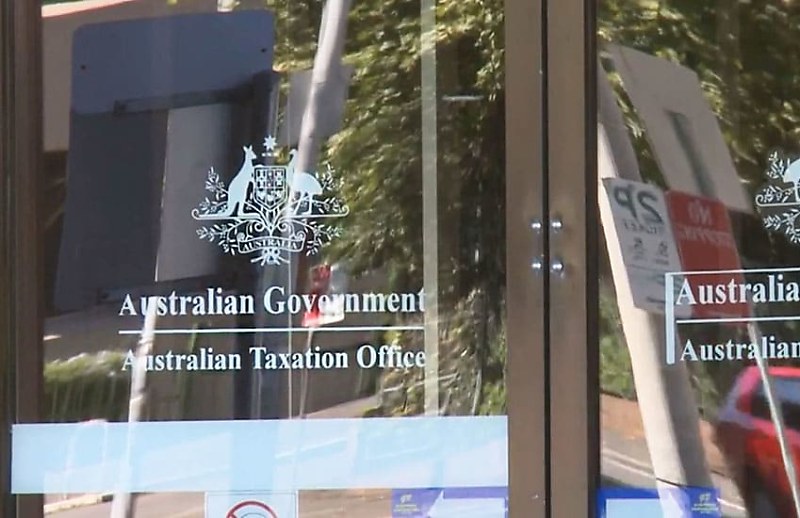The ATO has revealed several key changes accountants need to be across for both individual clients’ and companies’ 2023 tax returns.
Individuals:
The Tax Office reminded accountants of three prominent alterations to individuals’ tax returns and the effect it could have on their 2023 returns.
The first was the removal of the self-education expenses threshold.
The $250 non-deductible threshold was removed for the 2022–23 year, with the changes also applying to the fringe benefits tax year starting 1 April 2023.
This change meant there were lower compliance costs for individuals looking to claim self-education expenses, however, it still needed to be reported under their Individual Income Tax Return but there would no longer be a non-deductible category.
Tax agents were reminded to ensure their clients continued to maintain the records of their deductible self-education expenses yet the Tax Office said they no longer needed to keep records of any non-deductible self-education expenses for tax purposes that, before the change, were first offset against the $250 threshold.
The Tax Office also cautioned accountants of the revised fixed rate method for those working from home.
The updated method was 67 cents per work hour and the ATO said the change meant individuals could increase the rate per work hour that they claim when they work from home, change the record-keeping requirements and remove the requirement to have a home office set aside for work.
The ATO said if individuals choose not to use the revised fixed rate method they must use the actual costs method, with the shortcut method no longer available.
The Tax Office also reminded clients the end of the low and middle-income tax offset was a key change and a reason clients could receive a lower refund than they expected or even a tax bill this year.
However, the low-income offset (LITO) was still available for taxpayers with a taxable income of $66,667 or less which could provide a maximum offset of $700 based on their taxable income.
The ATO also reminded accountants that their clients’ returns could look different this year as the Tax Office had restarted offsetting any credits or refunds they may receive to pay off debts they put on hold during the pandemic.
Companies:
The ATO also reiterated the changes for the tax returns of companies, which included the introduction of temporary boosts for small businesses.
Small businesses with an aggregated turnover of less than $50 million could claim the temporary skills and training boost in the form of a bonus discount as an additional 20 per cent deduction for expenditure incurred for the provision of eligible external training courses to employees by registered training providers in Australia.
The temporary boost applied to eligible expenditures incurred from 7:30pm (AEDT) 29 March 2022 until 30 June 2024.
Small businesses could also claim the introduced temporary technology investment boost for small businesses as a form of a bonus deduction.
Eligible firms could claim an additional 20 per cent discount on top of the ordinary deduction for eligible expenditure incurred and depreciating assets acquired for their digital operations or digitising their operations.
The additional deduction would be up to $20,000 per income year and applies to eligible expenditures of up to $100,000 per income year incurred from 7:30pm (AEDT) 29 March 2022 until 30 June 2023.
The ATO also reminded accountants of the amended Income Tax Assessment Act 1997, which added distributions funded by capital raising to the list of those that were unfrankable.
The ATO views a distribution by an entity as being funded by capital raising if:
- The distribution was not consistent with an established practice of the entity of making distributions of that kind regularly.
- There had been an issue of equity interests in the entity or another entity.
- It was reasonable to conclude in the circumstance that both the principal effect of the issue of any of the equity interests was to fund directly or indirectly some or all of the distribution and any entity that issued or facilitated the issue of any of the equity interests did so for a purpose of funding the distribution or part of the distribution.
The ATO also reminded accountants that interest on eligible early payments would automatically be refunded to clients, which meant they no longer needed to claim a refund to retrieve it.

 Login
Login







